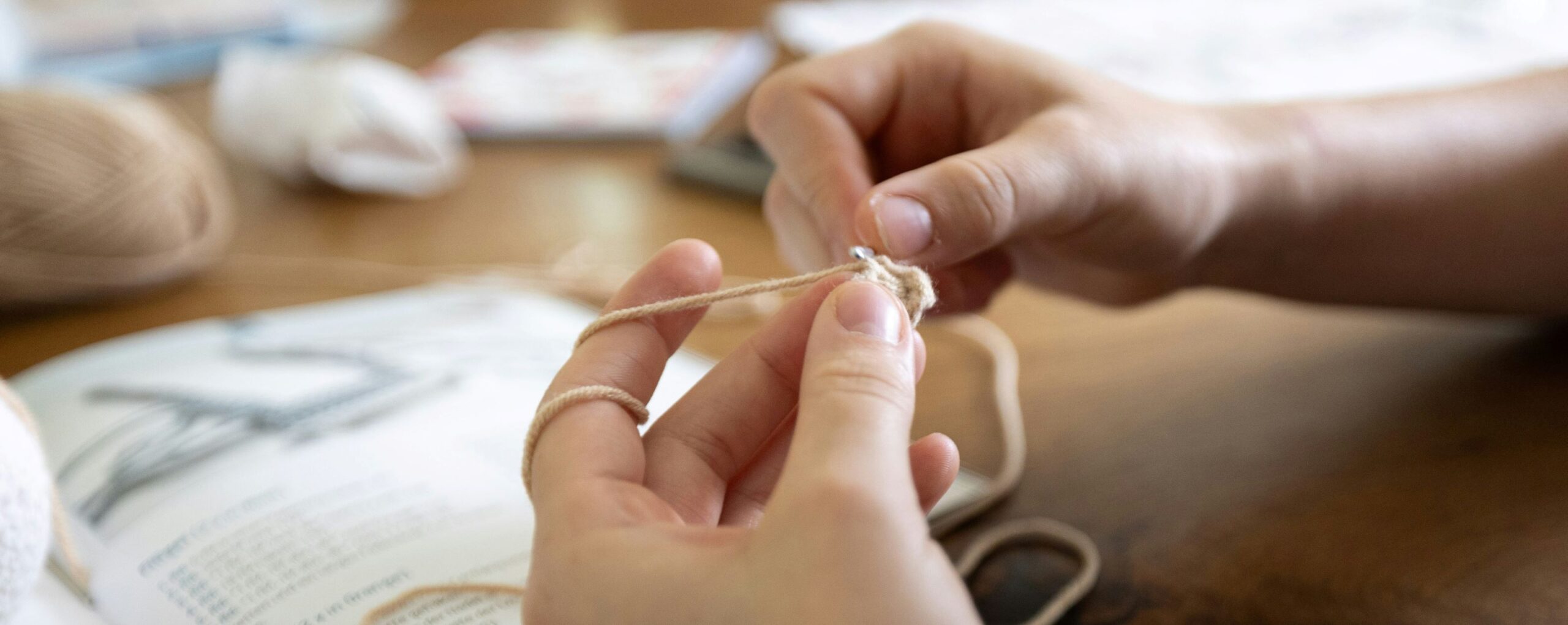Looking for something to do now that our favorite app is done? I’ve got you covered!
With TikTok no longer available, many people are looking for new ways to fill their time and express creativity. The good news is, there are countless hobbies that can be both enjoyable and rewarding. Here, we explore some of the most popular eco-friendly, low or no spend, and thrift-centered hobbies to dive into.
1. Crafting and DIY Projects
Why Crafting?
Crafting is a fantastic way to express creativity, relieve stress, and even make unique gifts for friends and family. Opting for upcycled materials makes this hobby even more eco-friendly.
What You Need
- Upcycled Materials: Use old clothes, jars, or cardboard for projects.
- DIY Home Décor: Make use of thrifted items or natural materials like wood and dried flowers.
- Thrifted Craft Supplies: Visit local thrift stores for affordable and unique supplies.
2. Baking and Cooking
Why Baking and Cooking?
With more time at home, now is the perfect opportunity to hone your culinary skills using local, seasonal ingredients. Baking and cooking are practical, therapeutic, and can be done on a budget.
What You Need
- Zero-Waste Baking Supplies: Use reusable baking mats and storage containers.
- Local and Seasonal Cookbooks: Focus on recipes that use locally sourced ingredients.
- Community Gardens: Grow your own herbs and vegetables for cooking.
3. Fitness and Wellness
Why Fitness?
Maintaining physical and mental health is crucial. Engaging in regular exercise can boost your mood, energy levels, and overall well-being without the need for expensive gym memberships.
What You Need
- Bodyweight Exercises: No equipment needed, just a clear space.
- Outdoor Activities: Take advantage of local parks for walking, running, or yoga.
- Second-Hand Fitness Gear: Check thrift stores for lightly used equipment like weights or resistance bands.
4. Reading and Book Clubs
Why Reading?
Reading is an excellent way to escape reality, learn something new, or engage with different perspectives. Joining a book club can add a social aspect to this solitary hobby.
What You Need
- Library Membership: Borrow books for free from your local library.
- Second-Hand Books: Thrift stores and used bookstores are great for finding affordable reads.
- Book Swaps: Organize book swaps with friends or community groups.
5. Gardening and Indoor Plants
Why Gardening?
Gardening can be incredibly rewarding, allowing you to connect with nature, grow your own food, or simply beautify your space with greenery. It’s a great way to reduce your carbon footprint.
What You Need
- Composting: Create your own compost to enrich your soil.
- Seed Swaps: Participate in community seed swaps to get started.
- DIY Planters: Use old containers or thrifted items as planters.
6. Photography
Why Photography?
Photography is a powerful medium to capture memories, explore creativity, and even build a personal brand. Focus on nature photography to appreciate and promote eco-awareness.
What You Need
- Smartphone Camera: Use your existing phone to take photos.
- Natural Light: Maximize outdoor lighting for stunning shots.
- Thrifted Accessories: Look for second-hand tripods or camera bags.
7. Learning a New Language
Why Learning a New Language?
Learning a new language can open doors to new cultures, enhance your travel experiences, and improve cognitive skills. It’s a low-cost way to invest in personal growth.
What You Need
- Free Apps: Use free language learning apps.
- Language Exchange Groups: Join local or virtual language exchange groups.
- Library Resources: Borrow language learning books and CDs from the library.
8. Painting and Drawing
Why Painting and Drawing?
Engaging in visual arts can be a deeply satisfying way to express your emotions and create something beautiful. Use sustainable and second-hand materials to keep it eco-friendly.
What You Need
- Recycled Paper: Use paper from old notebooks or newspapers.
- Natural Paints: Experiment with homemade or natural pigment paints.
- Thrifted Supplies: Find brushes and canvases at thrift stores.
9. Writing and Journaling
Why Writing?
Writing is a powerful way to organize your thoughts, explore creativity, and even share your stories with the world. It’s also a low-cost hobby that requires minimal supplies.
What You Need
- Recycled Notebooks: Use notebooks made from recycled paper.
- Digital Journaling: Opt for a digital format to save on paper.
- Second-Hand Stationery: Thrift stores often have unique and affordable options.
10. Sewing and Embroidery
Why Sewing?
Sewing and embroidery are not only practical skills but also creative outlets. Upcycling old clothes can reduce waste and breathe new life into your wardrobe.
What You Need
- Second-Hand Sewing Machines: Check thrift stores for affordable options.
- Upcycled Fabrics: Use old clothes or thrifted fabric.
- DIY Kits: Create your own embroidery patterns from recycled materials.
Conclusion
With TikTok gone, there’s a world of hobbies waiting to be explored. Whether you prefer something hands-on like crafting or a more cerebral activity like reading, there’s something for everyone. Focusing on eco-friendly, low or no spend, and thrift-centered hobbies not only brings joy but also supports sustainable living. Happy hobbying!

